Top 15 Best Project Management Software (2022): Compared & Reviewed
Introduction
Project management is a complex process, it is an accumulation of various sub-processes involving particular skills, knowledge, supervision and conduct as per the main objective of the project itself.
What differentiates ‘Project management’ from just another normal management is the time, budget and scope constraints associated with it.
Thus, project management requires skilled usage of team management and business awareness. Unlike normal continuous management, a project needs to reach its final criteria meeting all the provided deadlines.
It requires highly-professional technical and interpersonal skills, amongst many other task-specific skills necessary for its successful completion.
The root of the concept states getting a team of people to achieve a certain task within given boundaries and resources.
In today’s advanced technological era, there are many software’s out in the business to take care of project management for better precision and results.
Just like everything has undergone its own phase of evolution, project management has also evolved and enhanced with progressing times.
Now we will dig deeper into the 15 Best Project Management Software.
1. Monday.com
Monday is a popular project management software that offers various features that makes it stand out.
It provides the facility of managing projects that are included in resource and project management.
It also includes features such as time tracking and collaboration along with features for reporting. It is a highly customized tool that can prove to be extremely beneficial.
There are certain features that it does not offer like project accounting and invoicing tools.
However, its time tracking ability, invoices generation, and timelines can prove to be very useful.

You can either choose the Kanban methodology or any other methodology that you want to.
There are workflow tools as wellto automate some parts of your process. Monday.com can be affordable considering its costs ($16) for the pro version.
It provides a good number of tools that might be required by one. Monday.com can help in integrating tools such as Slack, Google drive, calendar, GitHub, Typeform to name a few.
This is an important factor to consider because the tool must be easily integrated with other applications that you might be using.
Overall, it is a really good project management system considering the features it offers along with a high degree of customization.
Pros
Cons
2. Hive.com
When we talk about project management software, it is hard to not talk about Hive.com.
It is a visually appealing project management software in the sense that it provides tools that could help you arrange data.
It is intuitive in nature and is very easy to operate with. They are always updating their features which makes it even more convenient.
Hive.com provides facilities such as using charts, sharing files, and even automating task management.
As a user, you can create a task and then assign it to your team members easily.
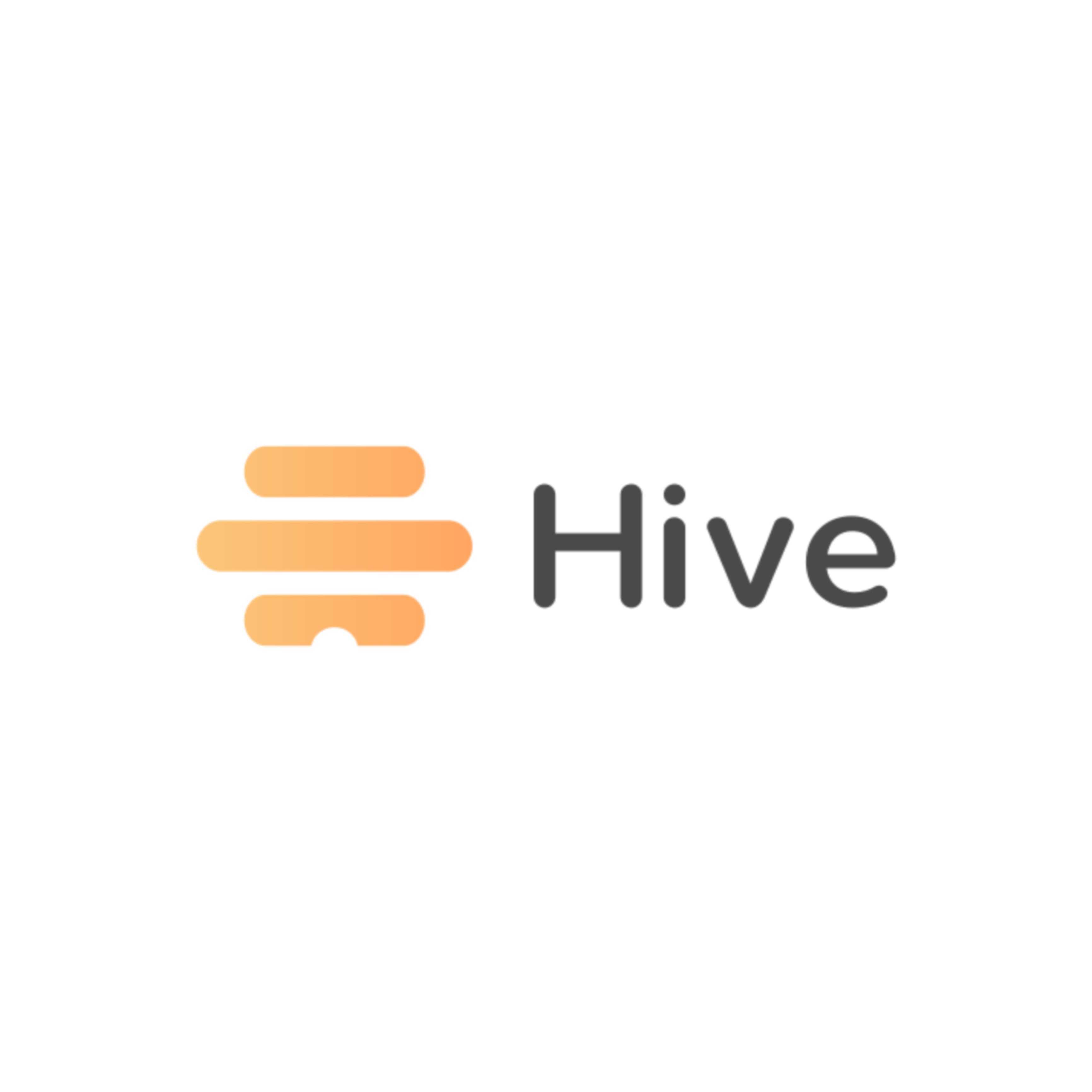
Hive.com also acts as a centralised communication tool where you can interact using native chats and integrates emails as well.
They come with project layouts that can make the process of planning easier for you. In these layouts, you can choose Gantt charts or Kanban boards.
The whole team is informed about any updates that take place.
You can monitor the projects and also access the insights to understand the workflow and improve your productivity. It costs $12/month/per user if paid annually.
Pros
Cons
3. Celoxis
Celoxis is a popular project management software that is comprehensive in nature and can be considered as an all-in-one project management platform.
It is a software choice of very well-known brands such as HBO, KPMG, Virgin Care to name some. These clients use it to streamline their projects and people.
The project schedules created on Celoxis are powerful in nature and you can also create teams across different time zones, inter-project dependencies, and interim resource swaps.
The task management of Celoxis is strong and has the ability to provide tools that not all project management tools can provide.

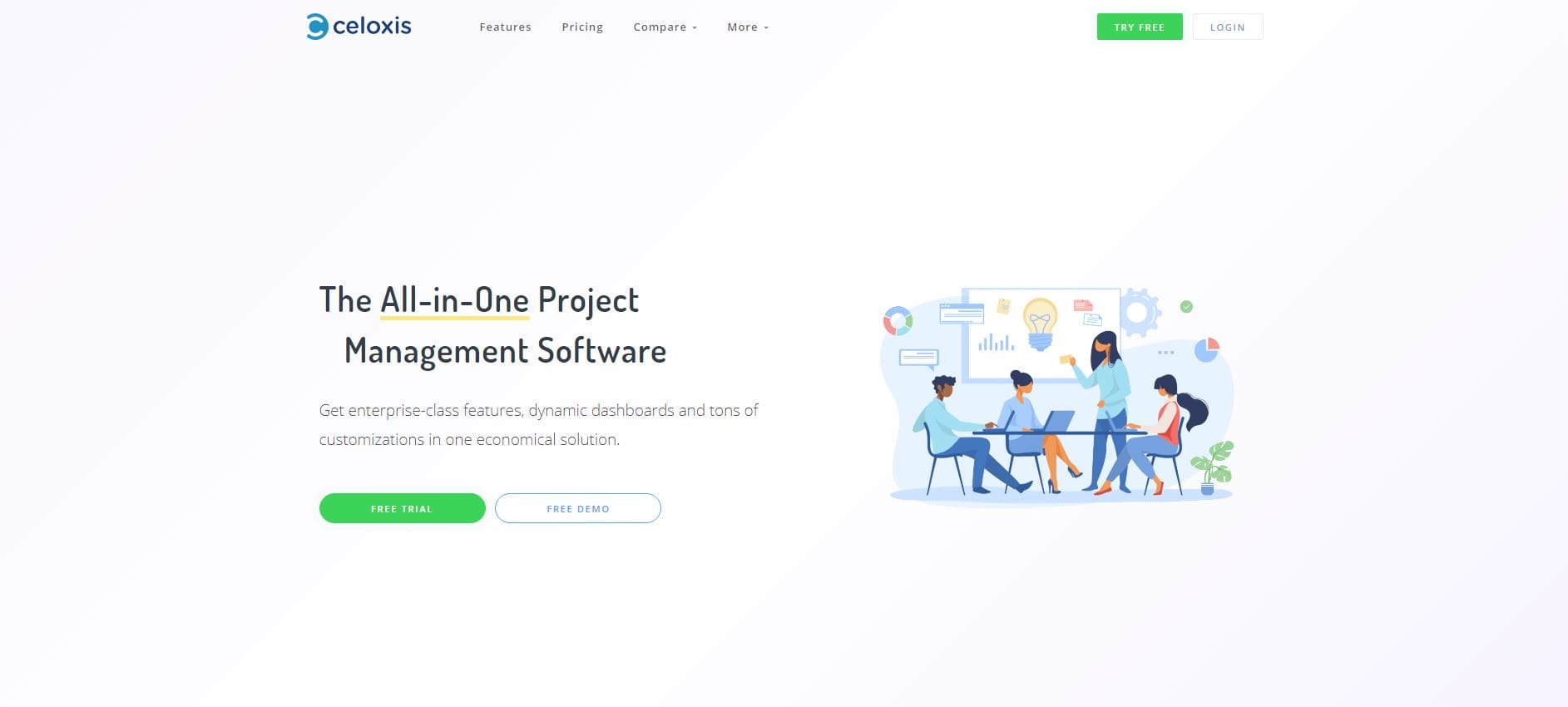
You can view report bugs, manage tickets, and view to-do lists. You can also get notifications in your box that are relevant to your work and have powerful discussions as well.
It is a single-source platform because of the features it provides. When it comes to project management the analytical options are also exceptional.
There are rich and comprehensive charts. You can get real-time insights that are 360 degrees in nature and that can project health, track actuals, and showcase profit margins as well.
It is flexible and customizable software and can work for you in whichever industry you are. The cloud pricing plan costs $22.50 per user per month if billed annually and on premise plan, it costs $450 as one-time payment.
Pros
Cons
Zoho Projects is a popular, award-winning project management software.
It is flexible and customizable in a way that it helps suit the needs of traditional as well as modern project managers.
Coming with an easy to generate Gantt chart generator and Kanban style management, it is not very difficult to use. It comes along with automation features and a critical path.
Every aspect such as UI themes like colors to the arrangement of tools can be customized based on your requirements.
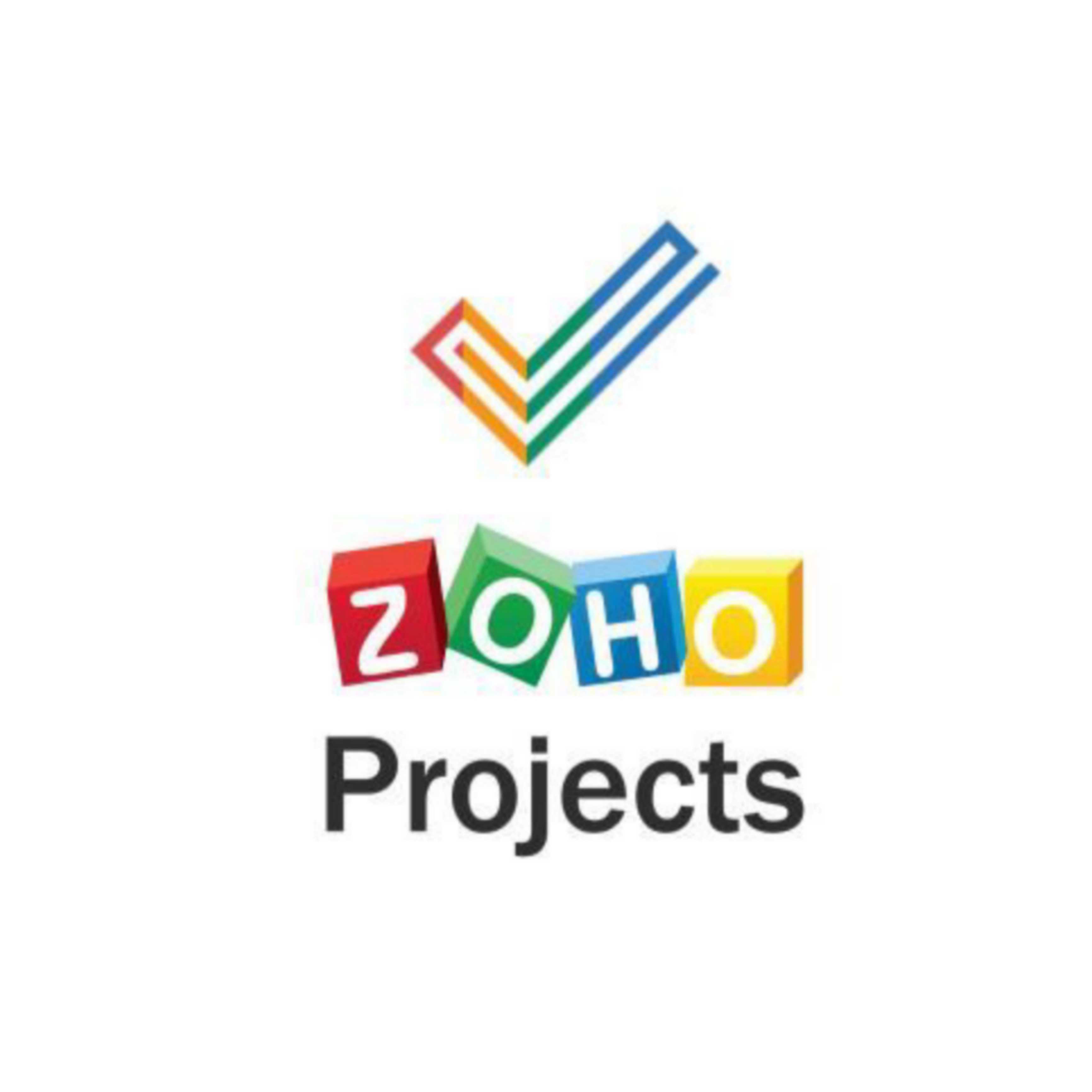
You can convert the projects into templates and the timelines that are previously created and can be reused for future projects as well.
This is an important feature, because many times in industries, the same projects are repeated. Using Zoho Projects, it is also possible for you to connect to services such as Zoho Books or Zoho Finance suite as well.
You get facilities such as free onboarding, support, and comprehensive online help. The customer services of Zoho are really good. You can have task lists along with multiple time zones.
Using blueprints, users can create automated workflows. The price starts from $5 for a Premium plan and there is a free trial available to check if you want to continue with this software or not.
They do offer Free plan for up to 3 users only and there is Enterprise plan as well.
Pros
Cons
5. Smartsheet
Smartsheet is an excellent tool for automotive collaborative work. It is like a spreadsheet tool that is used for project management purposes.
It is one of the most popular business apps and if you are someone who uses excel but wants simpler features, Smartsheet is what you should look at.
It performs all the calculations for you, across different sheets.
Customization of themes and allocating different colors to various projects, to simplify the visualization of data, you can do multiple things including addition of brand logos.
It provides project management tools such as workflow automation.
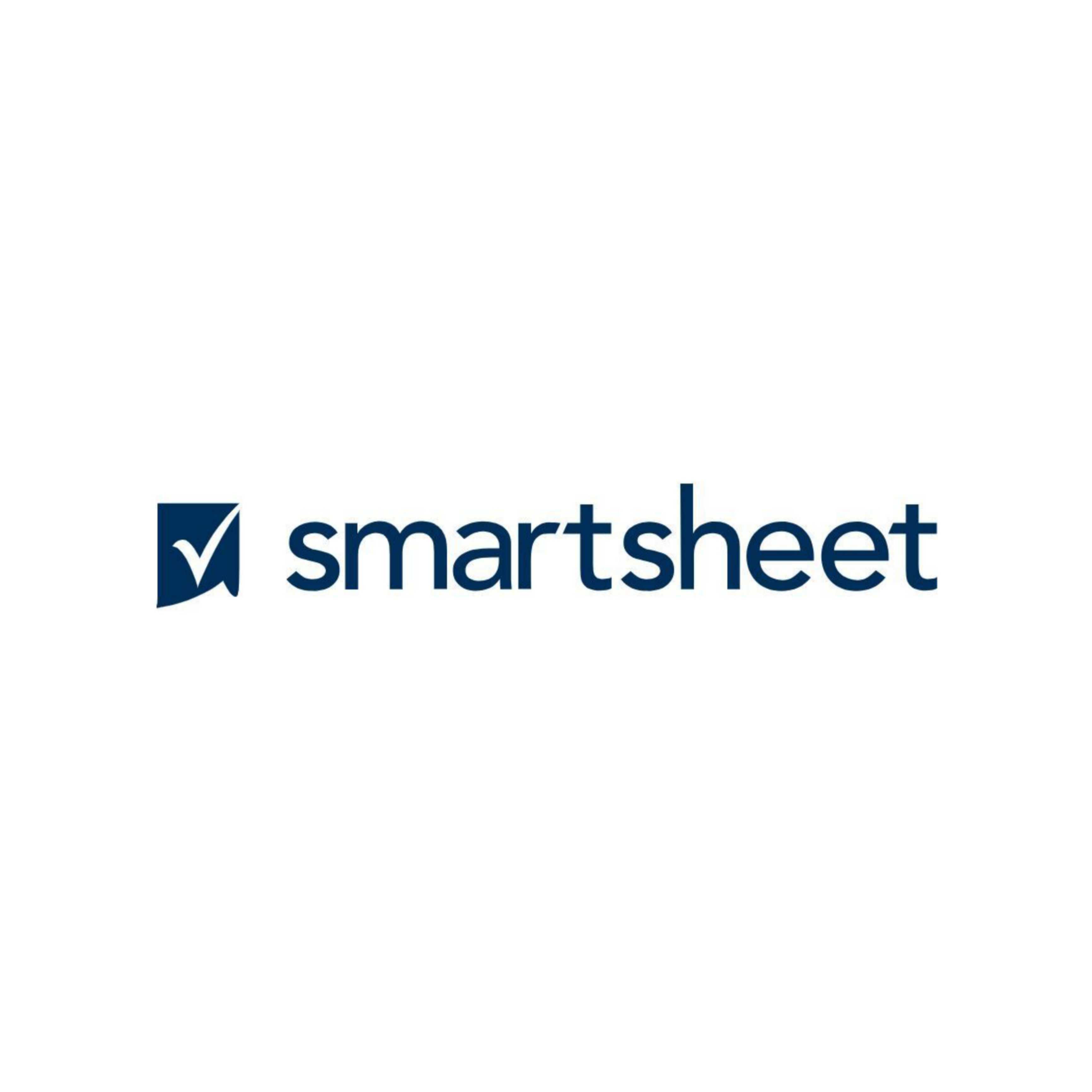
The visualization of tasks in Gantt Chart and calendar options are also available.
It notify the team members about the changes in real-time and along with these shared views, history, alerts are also provided to them.
Your dates are highlighted in a way that project completion deadlines cannot be forgotten and milestones are kept in mind.
When it comes to Smartsheet, the reporting is a strong feature and you can easily edit and export to excel. Integration of popular tools such as Microsoft and Google apps exists.
The pricing of Smartsheet is quite affordable to most. You are required to pay $14 per month per user for an individual standard plan.
There is a business plan available as well which is for $25/month/user. The enterprise costs can be shared with collaborators.
Pros
Cons
6. Ravetree
Ravetree is another work management software that helps you deliver your work at a good speed when working with teams.
It also helps you stay more informed and does not require you to spend more time when it comes to finding information.
This can prove to be useful especially when multiple projects are going on, and it is not possible to give dedicated time to each.
Ravetree is most suited for organizations that are project-driven and want their resources and clients in one place.
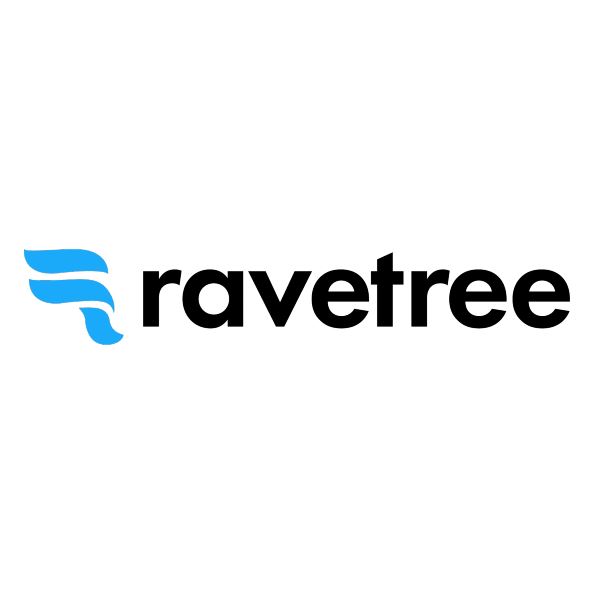
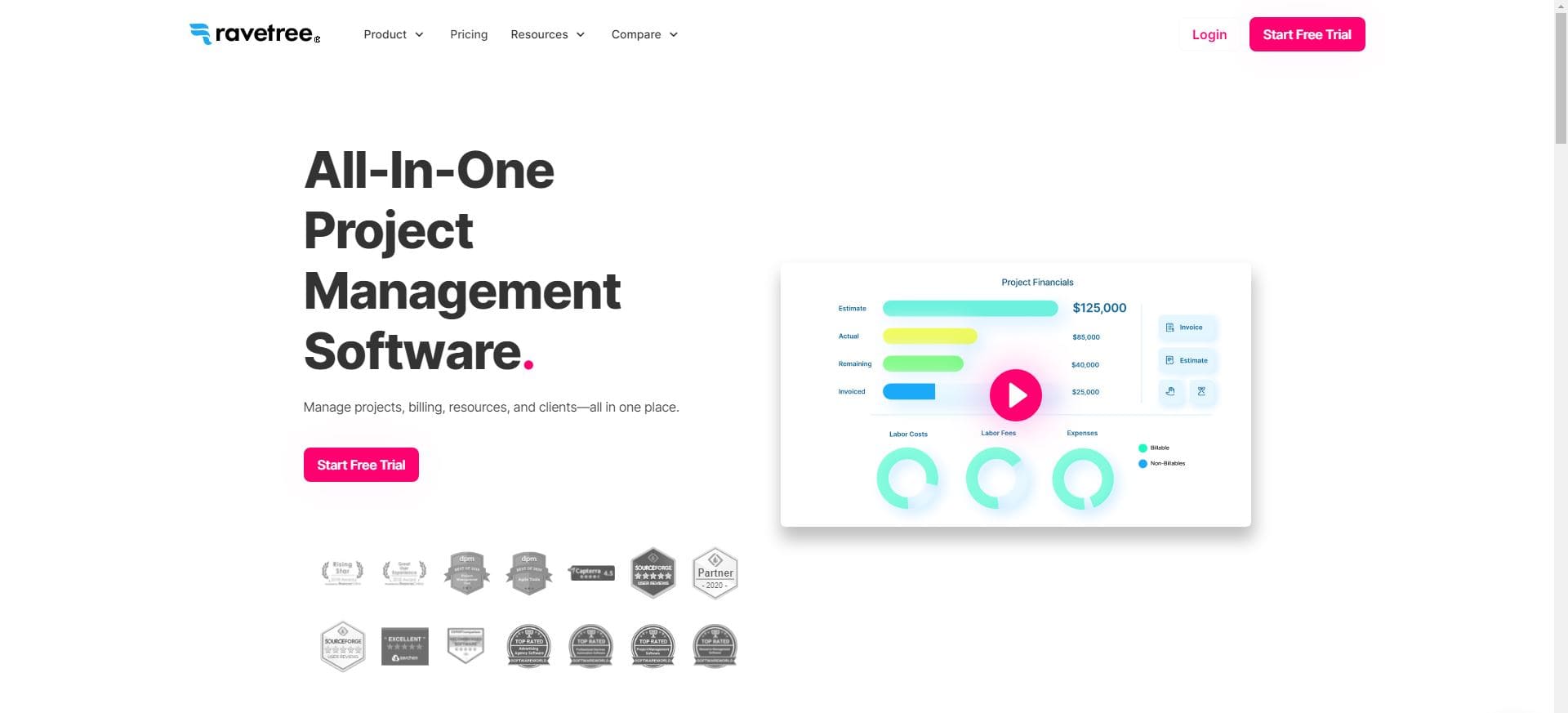
Ravetree is a project management software that allows you to have a clean user interface and is appealing in nature.
It makes it easy to communicate with clients and your team members. It is a software that enables you to make the whole process simpler, by avoiding cumbersome spreadsheets.
It has been observed that some tools do not allow the members to gear towards both projects as well as team members.
With Ravetree, there is a possibility for project managers to be able to provide the usability that the team members require.
This can improve the way the whole project turns out. The customer support that is offered by Ravetree is amazing and the support offered is 100%.
The yearly plan costs $29 per month. There are quarterly and half-yearly plans as well.
Pros
Cons
7. ClickUp
If you are looking for a project management software that is task efficient, you need to take a look at ClickUp.
It provides the facility of planning projects, scheduling tasks, and in a centralized workspace, it is possible to manage resources.
With ClickUp, you can also collaborate and communicate with your members. All of these are important features when it comes to project management software to ensure your project is efficient.
Every project management software requires you to perform tasks.
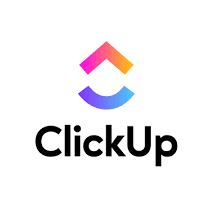
The task management features include task lists, task templates etc. You can also easily reorder and it is possible to view tasks in a very convenient manner as well.
ClickUp also allows you to create Gantt charts and you can visualize tasks by creating timelines as well. It is possible to share and create tasks.
You can also comment on documents and assign comments. This becomes important as a project manager to ensure that the tasks are done perfectly and some guidance can also be provided.
The integrations provided by ClickUp are Slack, DropBox, along with other 1000 integrations. When it comes to the reporting features, it has the ability to create custom dashboards.
There are also six built-in reports. It has a free plan and an unlimited plan for $5 per member as well.
Pros
Cons
8. Paymo
invoicing with various tools. The tools that are provided by Paymo covers project management tools, team management, time-tracking, and accounting.
All of these functions are necessary for a project management system. If you are planning to use Paymo, you are not required to use other software.
It is a one-stop solution. The project execution provided is very strong in nature and you are also provided with the facility to be able to brief resources through tasks.
When you assign tasks, it is possible for you to comment on them and it is possible to create dependencies between tasks
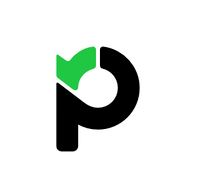
The multi-user task option enables one to give these tasks to multiple people and increases responsibility. Paymo allows you to create a project schedule by creating milestones.
There is an inbuilt path generator that allows you to see which project is holding up and the project can be kept on track. You can generate Gantt charts and summary elements of the project.
There are two paid plans with Paymo, one is $9.95 per user per month and another one is $15.79 per users per month.
There is a free plan available as well and with paid plans, you can avail free tools as well.
Pros
Cons
9. Forecast
Forecast is a popular platform that enables one to work with resource and project management.
The uniqueness of the forecast.app is that it provides intelligent automation that can provide a projection of delivery dates, capacity needs and can enable more efficiency.
What AI does is, it calculates cumulative learning from hundreds of data that is there.
The drag and drop module enables you to adjust your plans quickly. The tools possess the capability to build a budget on their own for each project.

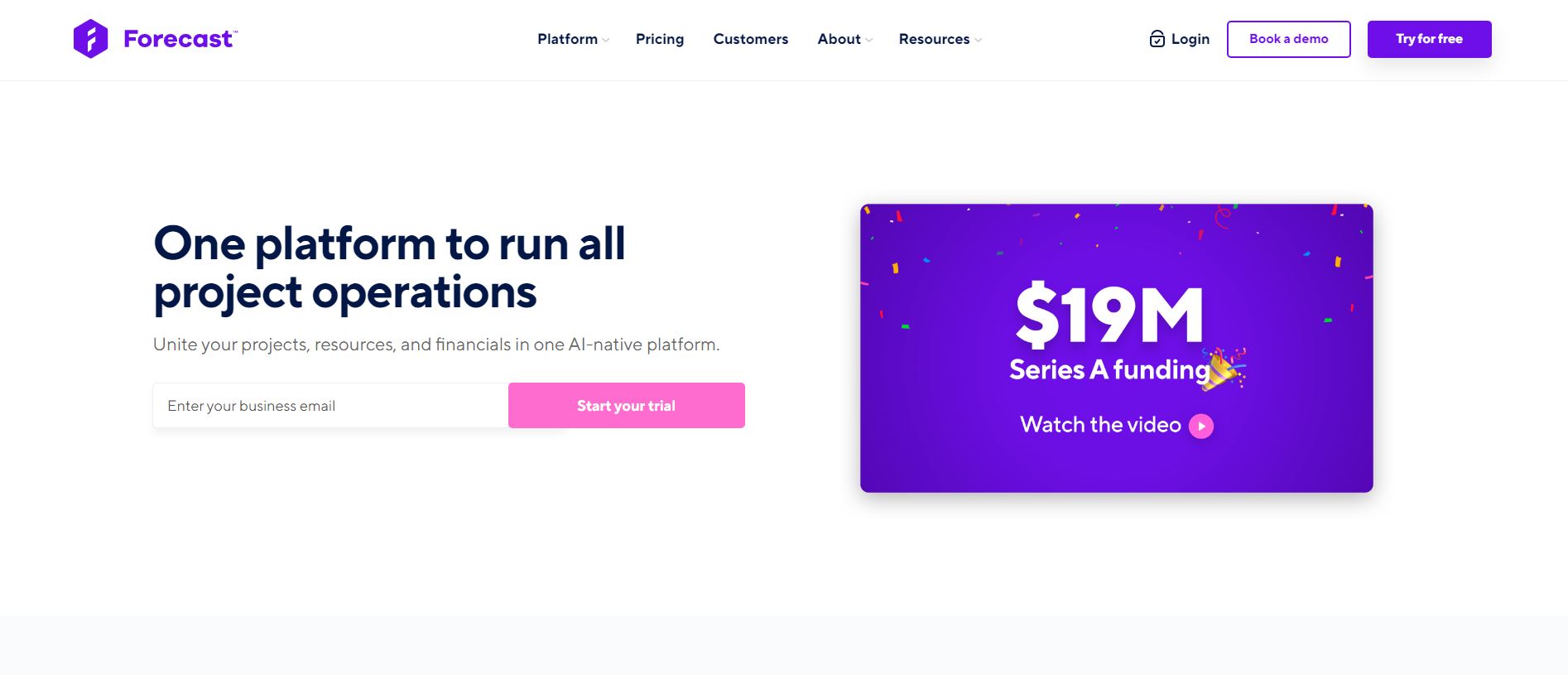
Hence, it is well-suited for automating finance operations. Then, you can track planned vs actual finances. The various billing types are supported along with real-time tracking.
It creates up to the minute reports that you are allowed to customize.
The built-in timesheets are intuitive hence they are simple to use. You can also manage your projects with a retainer setup.
Forecast.app provides a dashboard that can help you keep a track of your finances and also can be used along with accounting systems such as Quickbooks and Xero along with PM capabilities.
There is a 14-day free trial available with pricing at $29 per month per seat. There are three plans available namely Lite, Pro and Plus plans as well.
Pros
Cons
10. Clarizen
Clarizen is a professional project management solution that can help you upgrade the way you do business.
It is designed in a way it can help you to increase the speed of the organization functions.
The main goal of this project management solution is to ensure that the work happens faster. It is to make the project-working more efficient.
This project management software is flexible and powerful in nature.
The features provided are PPM basic tasks lists, schedules, files, and allows you to communicate as well.
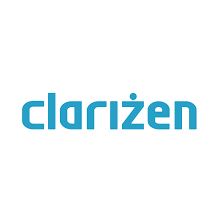
The project and portfolio optimization can easily align your projects to the business objectives that one might have.
It enables the project managers to frame a hypothetical situation and also make decisions based on accurate projections.
Real-time insights are provided into the tasks and schedules. This becomes an important feature when looking at project management.
It has all the features that one could need which means you will need to invest in one software only. Clarizen provides robust integration options and there are subscription options to app integration as well.
It might seem expensive compared to the software we have seen above, however, the features make it worth the price.
It also comes with a free trial, which means that you can try whether or not the software works for you.
Pros
Cons
11. Teamwork
Teamwork is another efficient project management software that can allow you to improve the collaboration of your in-house teams and agencies.
It also can help you focus on aspects such as visibility and accountability along with features that are timely in nature.
It allows you to go through the entire lifecycle of a project, that is, from start to finish.
When it comes to Teamwork, it enables you to have a structure where you can create projects as well as milestones that you are planning to achieve.
You can create task lists, tasks, and involve subtasks within them as well.

The actions that your team is supposed to do can be broken down for the same. The workload feature of Teamwork provides you with a bigger picture.
This means that you can check the capacity of your team and work on your strategies.
It is an intuitive tool that is also highly customizable. This provides the flexibility to the user to ensure that they use the software in a way they can make the most of it.
The integration of Teamwork includes Gmail, Harvest, and DropBox to name a few.
They offer a 30-day free trial along with three paid plan options starting with $10 per user per month billed annually. The premium version costs $18 per user per month.
Pros
Cons
12. Kintone
If you are looking for a project management software system for custom project workflows, Kintone is definitely one of the best options.
It can help you track and prioritize your team’s projects and performance. You can also review any of your team’s tasks quite easily.
It is a platform that provides a high degree of customization. It allows the user to create a project management system that can help them suit their needs.
In other words, if you are using Kintone, you can create a tailored project management system.
There are a drag and drop interface system for people who might not be well-versed with coding.
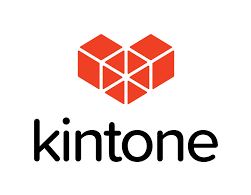
It is easy to create more user-friendly workflows. The customization features can help you create automated reminders for the tasks which make sure you do not miss your deadlines.
It is possible for you to edit and update the workflows and you can access this from your mobile or other devices as well. This means you need not to sit on your work desk to manage your projects.
There are options where spaces are stores. If there are some team members who might not be a part of the discussion, they can catch up easily as well.
There are various pricing plans as well and their professional subscription starts with $24 per user per month for a professional subscription plan.
Pros
Cons
13. Wrike
Another award-winning project management software is Wrike. It is a software that allows unlimited users to access it.
The software provides a high degree of customizations and has options such as workflows, dashboards, and reports that are customizable.
The interface is simple and does not have as much of a learning curve as some other software that we have seen.
It is possible for the users to switch from Kanban boards to Gantt charts quite easily and there is not much hassle involved.
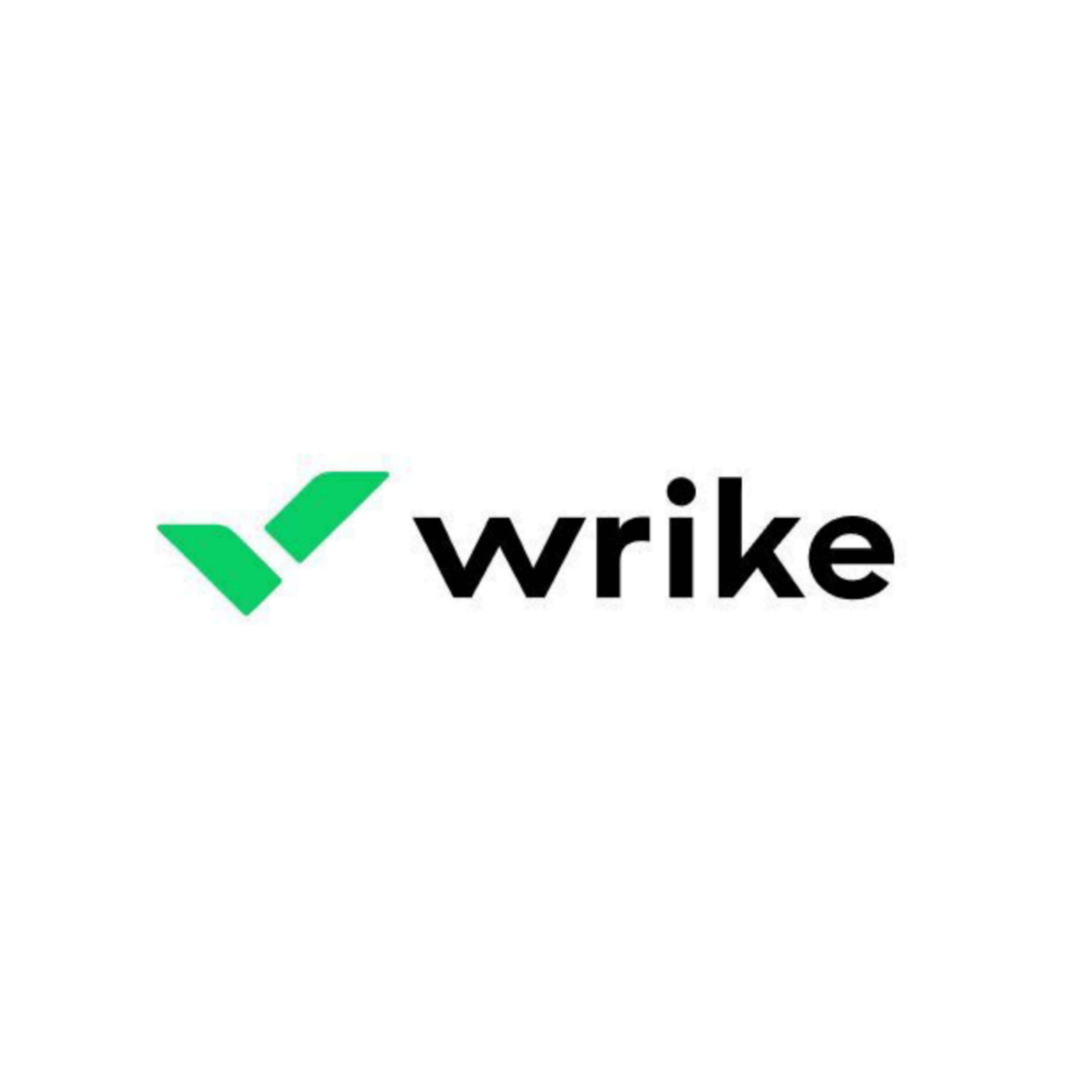
You can also view your data on traditional boards and visualize the priorities that you have easily set.
It provides several features like file-sharing, shared workflows, and real-time communication as well.
Wrike comes with a dashboard and user interface that is easy to navigate through. You can access various sheets and tools on the dashboard quite smoothly.
You need not be tech-savvy to operate seamlessly. It comes with a dedicated support system in case you are having a hard time with any of the functions.
The community of Wrike is thriving and the support system is impeccable.
There are 400+ integrations that Wrike has. This can be a huge beneficial factor.
The pricing of this software is such that it starts at $9.80 per user per month. There is a free plan option along with other paid options.
Pros
Cons
14. Moovila
When we are talking about project management software, it is hard not to talk about Moovila. Moovila is a project management software that has scoring features.
It has a higher level of intelligence considering it provides features such as AI, patented solutions and has project scoring capabilities.
The unique feature that Moovila has to offer is with respect to the mPIX score and was developed by experts.
It has the ability to capture the risk involved in a plan so that it can be prevented.
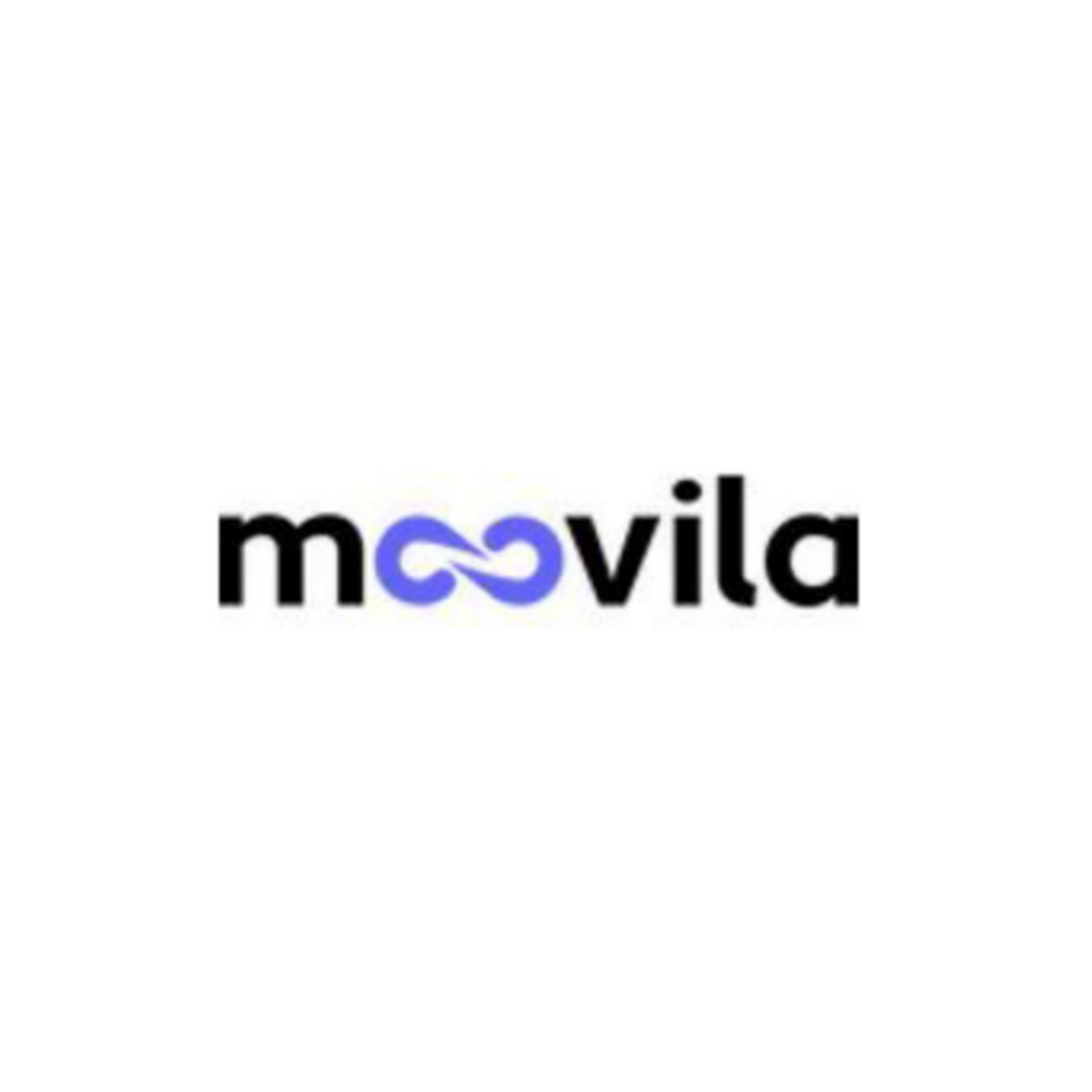
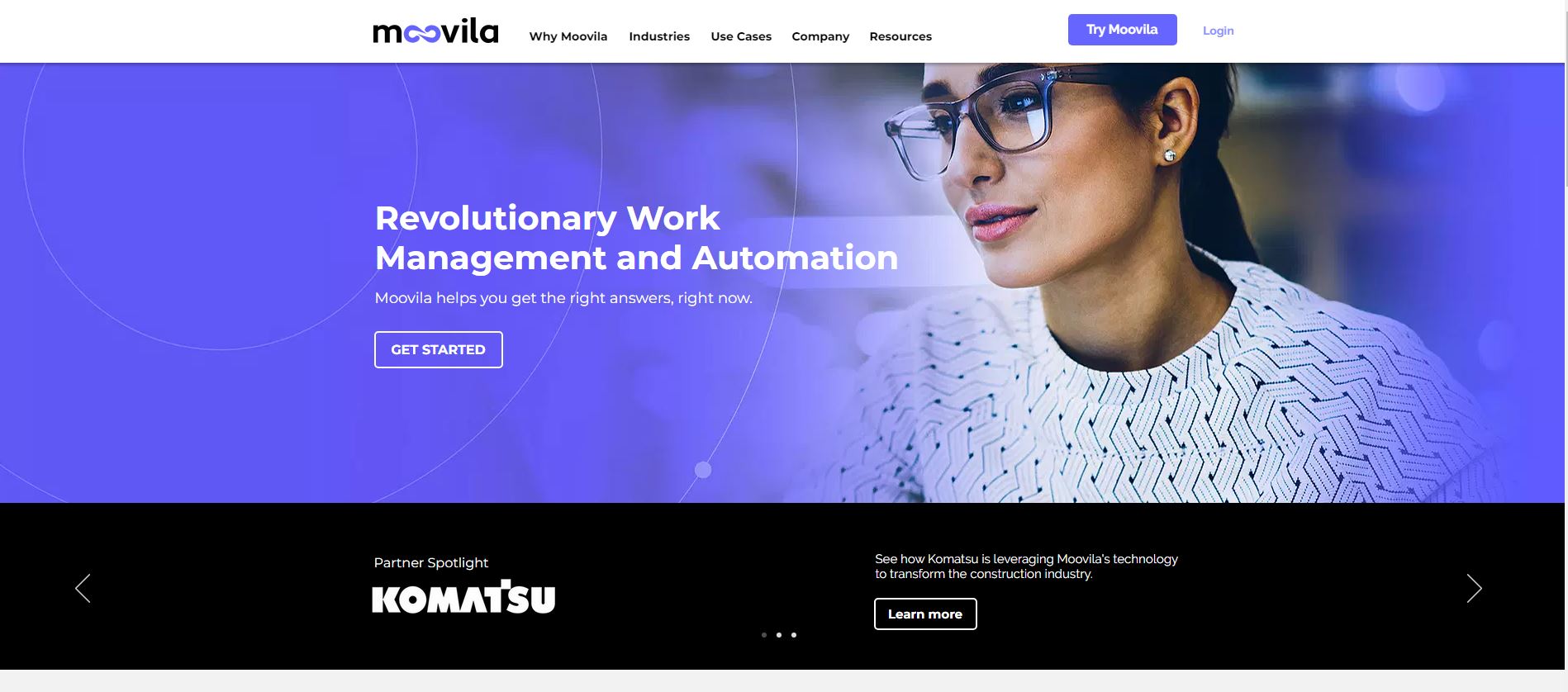
This preventable risk is presented with a single and actionable number. This tool also comes along with Project Debugger which helps you look at your problems at a glance and thus you can fix them.
This becomes very important for project management software as it saves your time as well.
Moovila possesses the feature of a critical path and the users will not have to do difficult calculations themselves.
There is a drag and drop feature available which further simplifies everything. Features such as remote access, extend the team, and collaboration to include members or remove them from the team are also present.
There is no fixed pricing for Moovila, it will depend on what you request.
Pros
Cons
15. TeamGantt
TeamGantt is a new take on project management software and brings you online Gantt charts for planning, scheduling, and managing your project.
It also has trivial features of being able to invite clients, teams, and stakeholders to collaborate and track progress on project plans.
It is being used by large and important companies in the business-like Netflix and Amazon for their planning.
Normally, it’s a project plan ideal for smaller groups who don’t necessarily need an upgraded premium software but still would do better with a basic version.
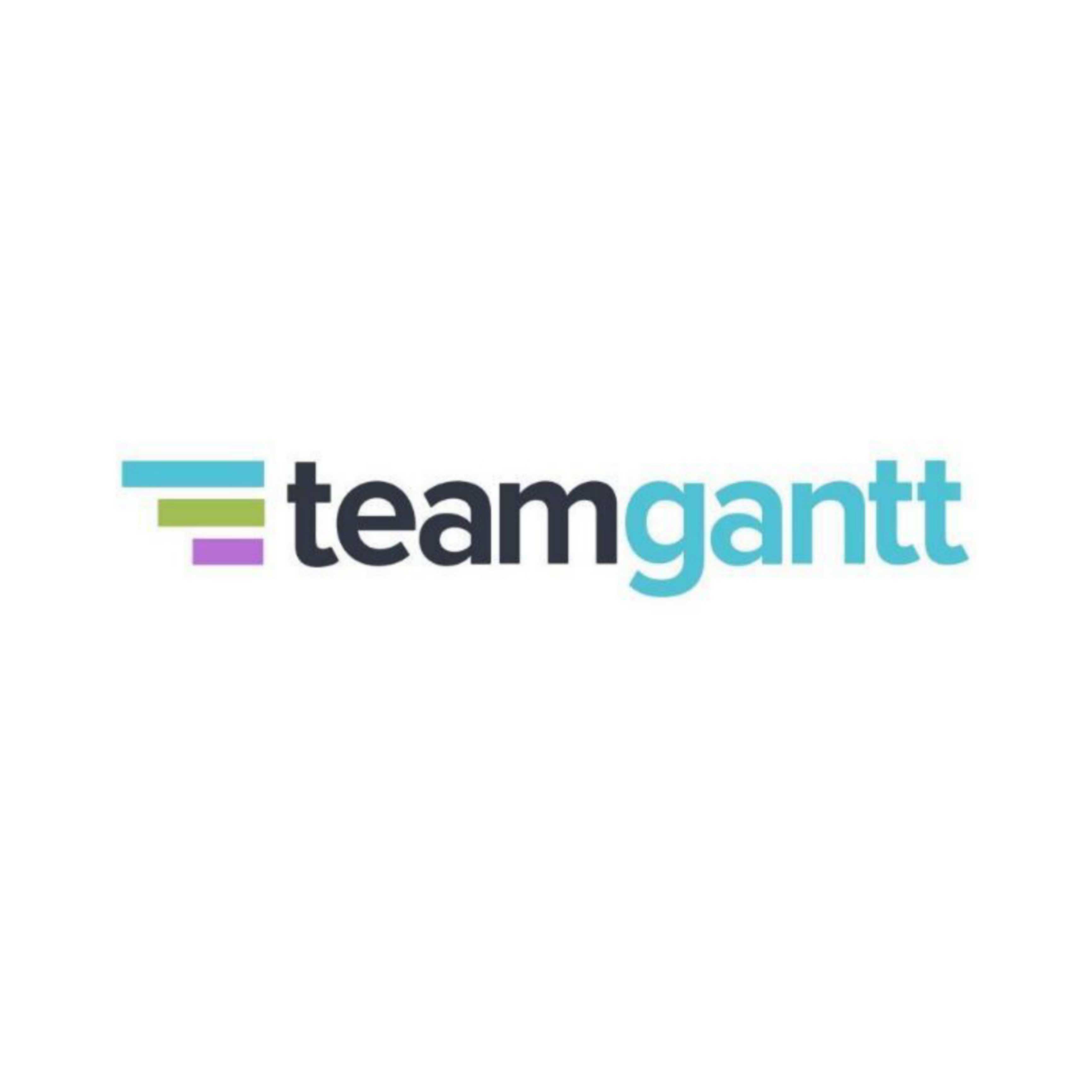
It specialises in Gantt charts and tracks availability of team members. It has introduced chatting, tagging your team members, alerts for the same as well as tracking workload progress.
There is a free plan available along with two other paid plan options namely standard plan and advanced plan.
Pros
Cons
5 Phases For Project Management
Project management is a task of extreme intensity and scale, it can be very easy to get lost amongst multi-handling many aspects in the project.
So for convenience, project management has been divided into various planned segments for better execution and clarity.
Each phase has its own allotted smaller-goals for easier quality check and completion of a wider goal as a whole.
- Project Initiation
- Project Planning
- Project Execution
- Project Monitoring and Controlling
- Project Closing
1. Project Initiation: This involves converting the idea into a final goal and brainstorming towards achieving the set goal. In this phase, you lay down the basic structure and establish a wider gist of giving things a kick-start.
Establishing a certain case for the business and also a project charter, consisting of goals, budgets, appointing managers, approximate timeline, etc. is necessary to be completed under ‘Initiation’.
A list of project goals, scope, and stakeholders is to be formed, people involved in the project, with their designation, roles, influence and mode of communication goes a long way in simplifying the tasklist.
This process does not include any technical details as those are to be covered under the planning phase.
The initiation phase is ‘push to start’ button of the project and comprises means of ways helping in reaching towards the set goal for the project itself.
2. Project Planning: This is the most crucial stage of the project and determines the final outcome. Planning of the project takes up a majority of the timespan and requires extreme persistence and careful approach.
This phase majorly includes setting up a communication plan, identifying the technical requirements and also forming a carefully detailed schedule for the project.
Project scheduling is responsible for converting ideas into operations under a particular timeline. It is essential for the smooth running of the project.
It also helps identify loop-holes/drawbacks beforehand, thus removing as many hindrances as possible. It gives a realistic approach and expectancy for the project.
Also, it increases clarity amongst the team, clients and everyone else involved in the project regarding all aspects of time, resources, feasibility, among numerous other requirements.
Project Planning is the first step towards making the goal appear actually achievable within a particular budget and time span.
‘SMART CRITERIA’ aids the project managers in ensuring the project increases clarity, whilst reducing risk. SMART stands for Specific, Measurable, Attainable, Realistic and Timely respectively.
‘CLEAR CRITERIA’ lays down a more dynamic approach towards the project. This method goes along with the fast pace, flexible, and immediate nature of a modern workplace.
It stands for Collaborative, Limited, Emotional, Appreciable and Rlefinable respectively.
Project managers are responsible for overseeing the project, they have numerous responsibilities.
They establish a work breakdown structure (WBS), it is a delivery-oriented breakdown of the project into smaller, more easily achievable goals, combining into the larger project at hand.
They are also responsible for forming a scope for the project, which helps in dealing with the clients, features products with accordance to its stakeholders.
It lays down the methodical work approach towards the project. Project timeline is also essential to keep tabs on the ongoing progress in the project.
It ensures if the work is going as per the required pace or not. Project risk management is to be done by the manager to reduce and avoid as much of the risks as possible.
Managers should always be ready for any kind of delays or hurdles in the project, and should always be prepared to incorporate changes.
3. Project Execution: Under this process, the actual work commences. Project manager’s job is to watch over the smooth functioning and efficient running of everything in the project.
The manager supervises and monitors the progress of the team. This is the longest phase as it involves actual work towards completing the project.
Managers are supposed to manage the people, ensure smooth communication and processes. They also keep tabs with the clients and the stakeholders making sure a trouble-free run for the workers and the team in play.
Various softwares available in the market help in reducing the work of the manager. They don’t get all the work done for him but certainly help in improving efficiency and increasing productivity of the team.
4. Project Monitoring and Controlling: This process goes along with execution and ensures that objectives along with output/project deliverables are actually met.
It is the project managers responsibility to supervise and ensure that no one falters from the original scheduled plan for the project.
This can be made sure by enforcing methods like Critical Success Factors (CSI) and Key Performance Indicators (KPI).
The manager is supposed to remain always on guard and record/observe all quantitative tracking as well as the finances associated with the project.
Keeping a track of everything acts as a comparative study for future prospects as well as ensuring the project to remain under budget refrains.
5. Project Closing: This signifies the final or the closing phase for the project management process. The project manager is supposed to ensure all loose ends are dealt with and double-check everything leaving no room for error.
Paperwork associated with eternal bodies has to be finished with if contacted. A good project manager must hold a meeting post project completion to contemplate on the hard work and efforts of everyone involved.
This activity unifies the company and ensures smoother and more efficient functioning for future projects as well, boosting the overall productivity of the team.
All the data is to be collected and stored by the project manager in a secured location for any reference if required. It comprises a detailed report of everything which took place during the course of project completion.
Cloud-based software is an upcoming and common measure for storing all the data. It helps in easier and remote access to the information stored on the go.
Project management in modern-day requires much more than previously used sticky notes.
Planning, executing and conducting projects on an immense scale requires the best management softwares for the best results.
What is Project Management Software?
Modern day require project management to also be upgraded to a level where everyone can tap into.
Project management softwares aids in connecting everyone together, providing clarity, and ease of communication.
It helps the manager control the team from one central managing unit, making it convenient in the following ways.
They can help in assigning/reassigning of tasks, track deadlines, handle workloads and distribute tasks amongst members.
It maintains a smooth working flow for the project and displays a large tray of tools.
It supervises and analyzes productivity on individual and team scale. Project management software does wonder for small and large businesses alike.
Types Of Project Management Software
The market offers a variety of project management software varying in scoping, price range. A firm grasp and understanding is required to decide the suited software for a project.
The following context will cover various types of project management software which can help enable one to make the correct decision for the appropriate software accordingly.
Proper understanding of the software is required as specific software is suited for a specific task.
The software can be of either mixed or single type. Be sure about the choice made, taking into consideration the requirements for the project and scope for future developments.
The software can be classified according to its installation, usage by employees and the specialization of the software.
Even the most top-notch software might not cater to a certain business project. It is only a tool and completely depends on its application and utilisation.
DEPLOYMENT: A decision is to be made whether the software is going to be cloud hosted or installed in the server.
- On-premise:
Software is installed stationary. Generally, an IT specialist has to be assigned to govern the system. Mobility of the software is compromised.
While we can observe no recurring fees or charges for the software. Information stays put at a single location and can only be accessed from the place and nowhere else.
Files feel more secure. One time license/fee is charged for purchasing services for the software.
A lot of capital, labour, upgrades, servers/computer and space has to be assigned for a stationary deployed software. It demands maintenance and supervision.
As the software requires timely upgrades and protection from technical bugs. Another disadvantage remains to be a complete loss of data in the case of any unfortunate event as all eggs are placed in one basket.
- Cloud Hosted:
The software for project management remains with the vendor. We are allotted space in his cloud which we can use for our information.
We need to access the vendor’s server and access the internet, every time we need to surf for data in the cloud. A monthly subscription fee/charge is incurred for services provided.
The Fee is relatively low and affordable for a business to store its data. Need to hire an IT specialist is absent in this form of software management as the vendor itself takes care of troubleshooting and recovering from technical bugs.
Thus, reducing management load and also increasing efficiency. Makes the work simpler and fast pace with clarity.
Extremely mobile is another huge advantage associated with cloud-based storage as it can be accessed from anywhere where the internet is present.
Some disadvantages could be vendor closing shops at any time. It is beyond our power of control and we are relying on him.
Security breach and trust factor are a major question to confront when sharing data in the vendor’s cloud.
Also, another concern, more towards the financial aspect is that the recurring charges add up to a lot of money overtime, and might end up costing way more in the long run.
Thus, what project management software to consider is extremely important to consider keeping in mind all the factors discussed above.
The manager needs to be sure of his approach towards the project and the selected software, thinking about all the future moves as well as present requirements while making the decision.
This is crucial for the process as project management software isn’t something one changes much in a short period of time. Thus, no room for error can be spared.
CHARACTERISTICALLY: How the software is going to be used also goes a long way in deciding which one to get.
- Personal Or Singular Usage:
This measure of software is mainly for personal or home usage. It is mainly used when there is only one person taking care of editing and computing the software.
Due to its single person nature, it is mostly suited for smaller businesses and projects. The manager needs to have a clear approach and structure for the beginning, middle and end of its plan.
- Collaborative:
This software plan caters to multiple users, as the task at hand might require multiple brainstorming, editing, addition and reading for the project.
Also, whatever changes are made to the plan in the project, reflects everywhere to everyone involved. Hence, global integration and updates, unify and smoothens the process for project management.
Further, a sub-category can be created in the plan, where only certain people can make edits or changes while others have the powers to only read and follow the instructions.
It enhances clarity and reduces the scope of chaos. It is required in larger, more complex projects where many individuals are working on inter-related topics.
It also enables the managers and the stakeholders to keep tracks of progress made and monitor activities happening at different stages of the project.
This helps in reducing the time for supervision making it collaborative and increases efficiency. It is used in web infrastructure where multiple people can access the data in real-time.
- Integrated:
This feature enables other tools together with project management such as CRM. This feature is useful for processes where there are many customer relationship interactions.
The software for project management deals with basic tools of business while integrated programs can cover other sources of feedback and CRM modules for different purposes.
SPECIALIZATION:
Some projects require specific specialization for certain aspects. If that’s the case, one should consider adopting specialized software for project management to deal with such requirements.
- Scheduling:
This type highlights the time chart for deliverables and focuses on schedule for the output of the project.
It is best suited for public events or activity associated projects, launching, major concerts. The schedule keeps everyone from going off track and helps adhere to the decided plan.
- Issue Tracking:
This is more of a feedback oriented and bug tracking feature. This addresses the identified issues and helps monitor other glitches in the matrix.
It is most appropriately suited for a technologically heavy project where a single bug/glitch can create a chain reaction putting the whole project on hand at risk.
Issue tracking helps track bugs and continuously fixes them, while the rest of the project continues to function smoothly.
- Project Portfolio:
This type enables large project businesses to handle multiple projects simultaneously. It has a phenomenal menu to surf through all your ongoing projects and track their progress altogether.
Huge organizations/MNCs who conduct various projects at different places together should use this project management software as it displays excellent and highly advanced tracking, editing, etc.
It provides much-needed control over large properties and assets and makes the manager feel at relative ease when supervising the project.
Expectedly, this project software is expensive but very reasonable for organizations investing in multiple projects, making it a must grab for a more convenient and higher success rate.
Construction companies, infrastructure developers/builders, engineering firms, and other companies of such sort are common users of project portfolio softwares.
A proper understanding of everything mentioned above will result in correct decision making for the required software for the management of a project.
As discussed before it is the most important decision a manager can make and cannot afford going wrong regarding what software to opt for.
Benefits of Using Project Management Software
The project managers for large organizations deal with numerous projects simultaneously all the time. This is impossible to achieve without software management.
It is simply a massive waste of time and effort leading to unsatisfactory results. Conducting supervision for the project over chat threads and mails quickly become chaotic.
Management turns into a bigger task than the project itself. Clients and stakeholders get easily annoyed and it may ruin the company’s brand image.
It simplifies the work at hand and the manager has also more time left to allot to other tasks. It helps conduct the project in a more organized and well-oriented manner and increases efficiency.
Project management softwares comes with effective tools for better planning, problem response, resource management, and communication.
No matter what the concern for the project is, an effective software tool is crucial for excellent functioning and results. 1. Improved Planning And Scheduling:
The Managers can look into the past records of the team regarding relevant projects which can help him get a better understanding of the gist of planning and scheduling for the project.
He can form a structured framework for project execution, prioritizing tasks by their importance.
Thus software can help with allocating resources properly, taking care of the distribution of deliverables, creating deadlines and identifying various other features for the project.
It is important for the project to have a strong foundation, the software can help ensure that all the required tools and features are available for a successful planning process.
2. Better Collaboration:
Team members from various departments work on the project. It becomes hard for everyone to remain on the same page.
Also, stakeholders must also be updated on the progress and be able to attend meetings on a regular basis. The software makes it easier for smooth execution of such tasks increasing clarity amongst the team members.
Its absence will result in huge delays and chaos in the team resulting in inefficient efforts and unsatisfactory output.
It makes collaboration an extremely easy task. Information is just a click way provided to them in an organized and unified manner.
It enhances a better understanding of the tasks at hand and provides improved results to the clients as well.
Circulation of important alerts and updates can also be done automatically and ensure delivery of the message with acknowledgement. Removing error for any mistakes or excuses.
3. Effective Task Delegation:
Without project management software, distribution of tasks amongst the teams takes up a lot more time than required.
Ruining the efficiency of the system as a whole. With the use of software of management, they can easily distribute tasks and assign work to whosoever is available.
It is easier to keep tabs on the team members and also supervise work done/progress.
This also makes the job easier from a member’s perspective as well. It simplifies their approach towards the pending work as they can adhere to the provided schedule and prepare a mindset accordingly.
Also, clear communication results in a stress-free work environment improving the quality of the work done.
Automatic setting for deadline and task allocation can be set up for smoother and more efficient operation.
4. Easier Integration Of New Members:
Projects are active in nature and many times require the addition of new individuals in the team. It becomes essential to bring them up to speed with the plan after their addition.
This task would be extremely difficult without the help of project management softwares.
The software helps present the plan to the new members, reducing any delay otherwise and edits a new addition log in its directory to help monitor them.
5. Effective Risk Mitigation:
An excellent project manager will foresee hurdles coming and already work onto avoiding them.
The project management softwares helps the managers in deploying all tools in the arsenal towards averting the approaching risks and ensure a continuous smooth workflow for his project.
The software provides all effective countermeasures and problem-solving strategies essential to deal with any and every issue at hand.
Thus also helping the managers in allocating resources appropriately and increasing efficiency for the team in an overall effective manner.
6. Budget Management:
While managing large projects, it can be very easy for the cost to reach sky heights and blow the budget out of proportion.
The project management software ensures that the financial expenditure doesn’t go beyond the plan.
It tracks real-time finance and provides alerts to keep the team on track with regards to money matter for the project and its manager.
It also helps in keeping a check on the scope creep, small deviations are adjustable in a huge project and can be dealt with.
But sometimes these small detours can result in a massive turnover and completely ruin the budget for the project.
The software management ensures none of this happens and maintains all expenditure to adhere as per the scheduled plan.
7. Enhanced Productivity:
The software increases productivity and multi-folds the output for work done.
It does so by increasing efficiency during all phases for the project, with regards to all aspects of time, money, labour, communication, distribution, and everything else.
The software exponentially raises the output once employed to take care of the project. This makes it a must-have for large projects and even does wonders for smaller ones as well.
It reduces decision making time and increases clarity in both ideas and actions as everything of requirement is available in an organized manner in one place.
8. Remote Working:
In today’s modern-day, companies have multiple ongoing projects at numerous locations scattered across the globe.
Possibility of turning these projects into success is close to zero without effective software behind to manage them.
Remote working is now a phenomenon which is inevitable and has to be dealt with.
Project management software helps easier communication amongst people from remote places and helps in smoother distribution of tasks from the manager.
Conclusion
These are the best project management systems. The features, pros, and cons of each software are explored.
When selecting a software system, it is important to keep in mind what your requirements are. You can do this by first noting down what your priorities are then looking at the features each software provides in-depth.
You also need to keep factors such as how much time you are willing to give yourself to learn based on the technical knowledge you already have.
Factors such as budget and the number of users become prime factors for deciding the type of software you will require. This article includes all the details you will need.
